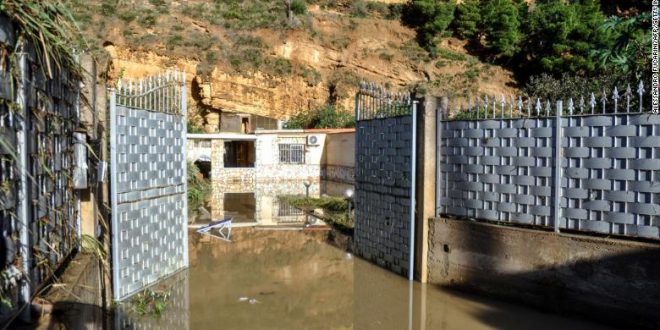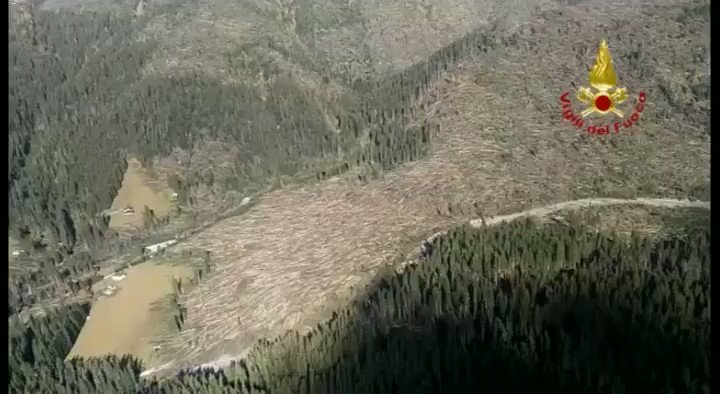The onslaught of strong wind and heavy rain over the past week devastated parts of Italy and led to the worst flooding Venice has seen in at least a decade.
In the northern region of Veneto, damage estimates have reached over one billion euros, and several villages have been cut off as a result of landslides.
The severe weather also wrought havoc on the environment, with dozens of hectares of forestry — including the famous ‘Violin Forest’ — decimated after winds reached up to 190 kilometers per hour (118 mph).
Roberto Ciambetti, president of the Veneto Regional Council, told CNN that around 300,000 trees were flattened after winds swept through the Val d’Assa in the Asiago plateau.
“Tens of thousands of tall trees were felled like toothpicks,” he said.
Ferocious winds drove the high tide to 156 centimeters (61 inches) above average sea level on Monday — one of the highest levels ever recorded. It left three-quarters of Venice submerged.
St. Mark’s Square was turned into a lake and floodwater spilled across the ancient marble floors of St. Mark’s Basilica.
“In a single day, the basilica aged 20 years, but perhaps this is an optimistic consideration,” Carlo Alberto Tesserin, head of the board responsible for St. Mark’s Basilica, said in a statement.
Floodwaters also covered several dozen square meters of the 1,000-year-old marble pavement in front of the alter of the Madonna Nicopeia, a 12th-century icon, and submerged the Baptistery and the Zen Chapel, Tesserin said.
Flood barrier project incomplete
This week’s flooding was caused by a seasonal high tide and a strong low-pressure system in southern Europe that brought strong winds from the south and pushed water up the Adriatic Sea into Venice. This is the peak time of the year for seasonal flooding known as acqua alta, or high water, in the city.
 UAE BARQ برق الإمارات – نبضك
UAE BARQ برق الإمارات – نبضك





